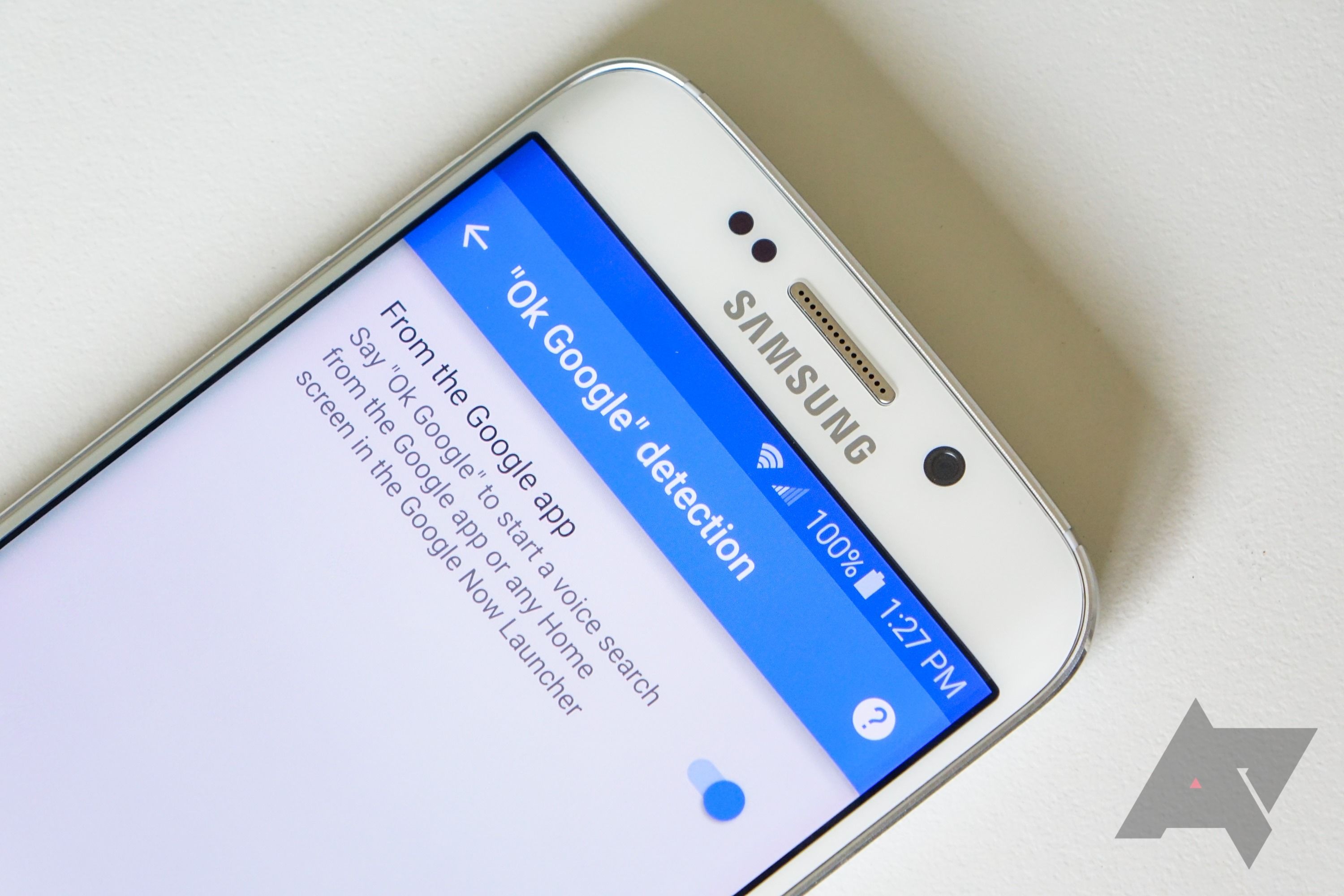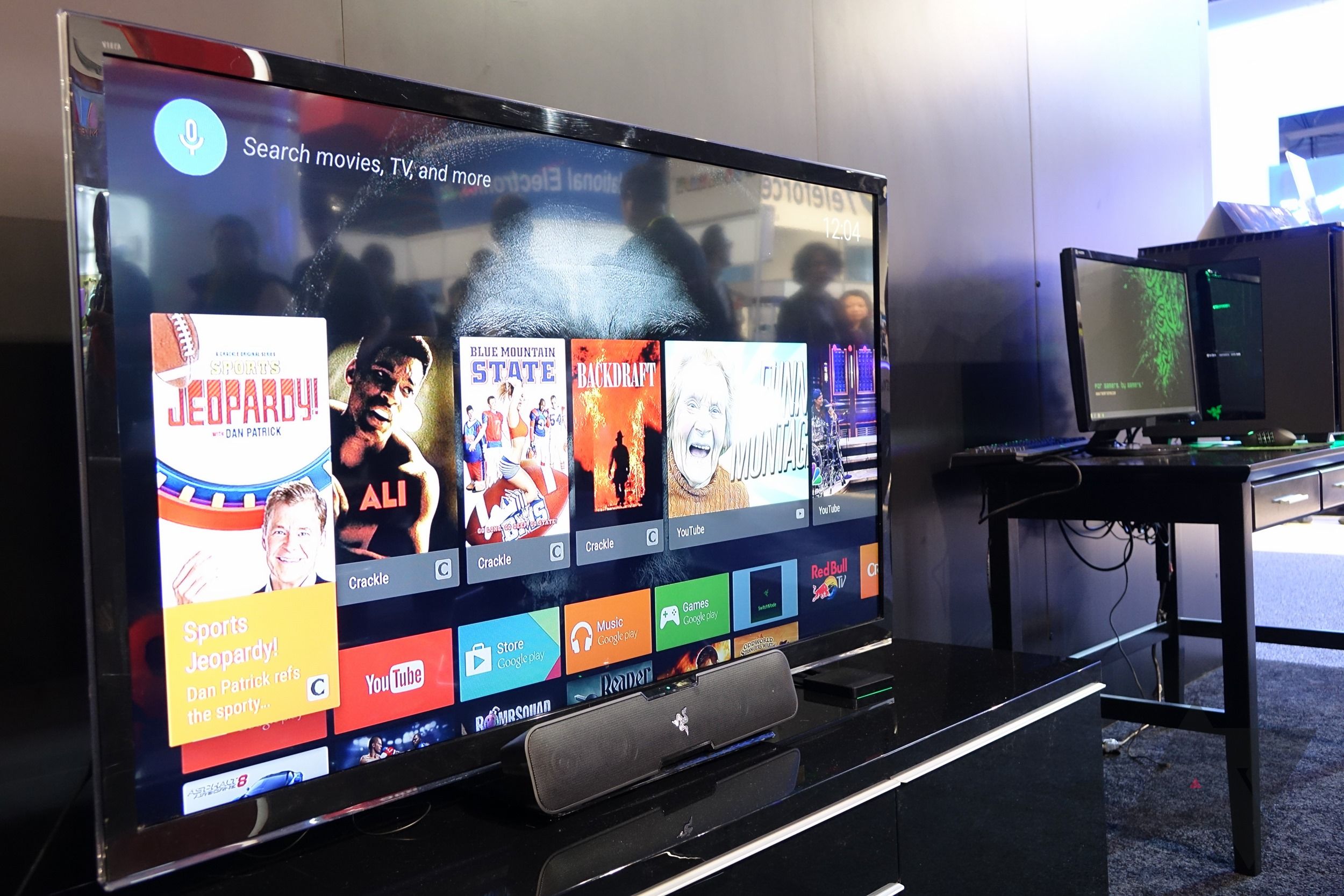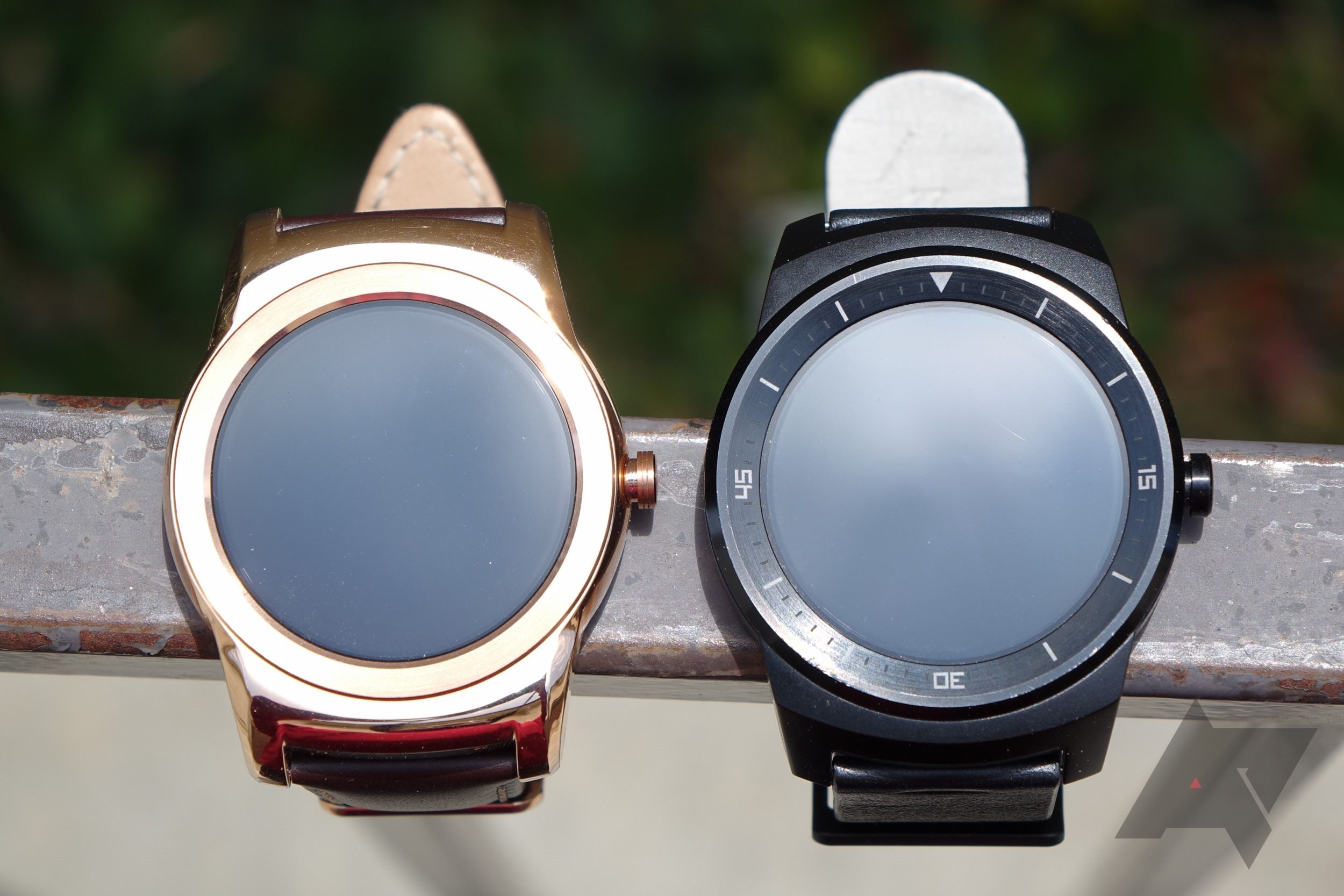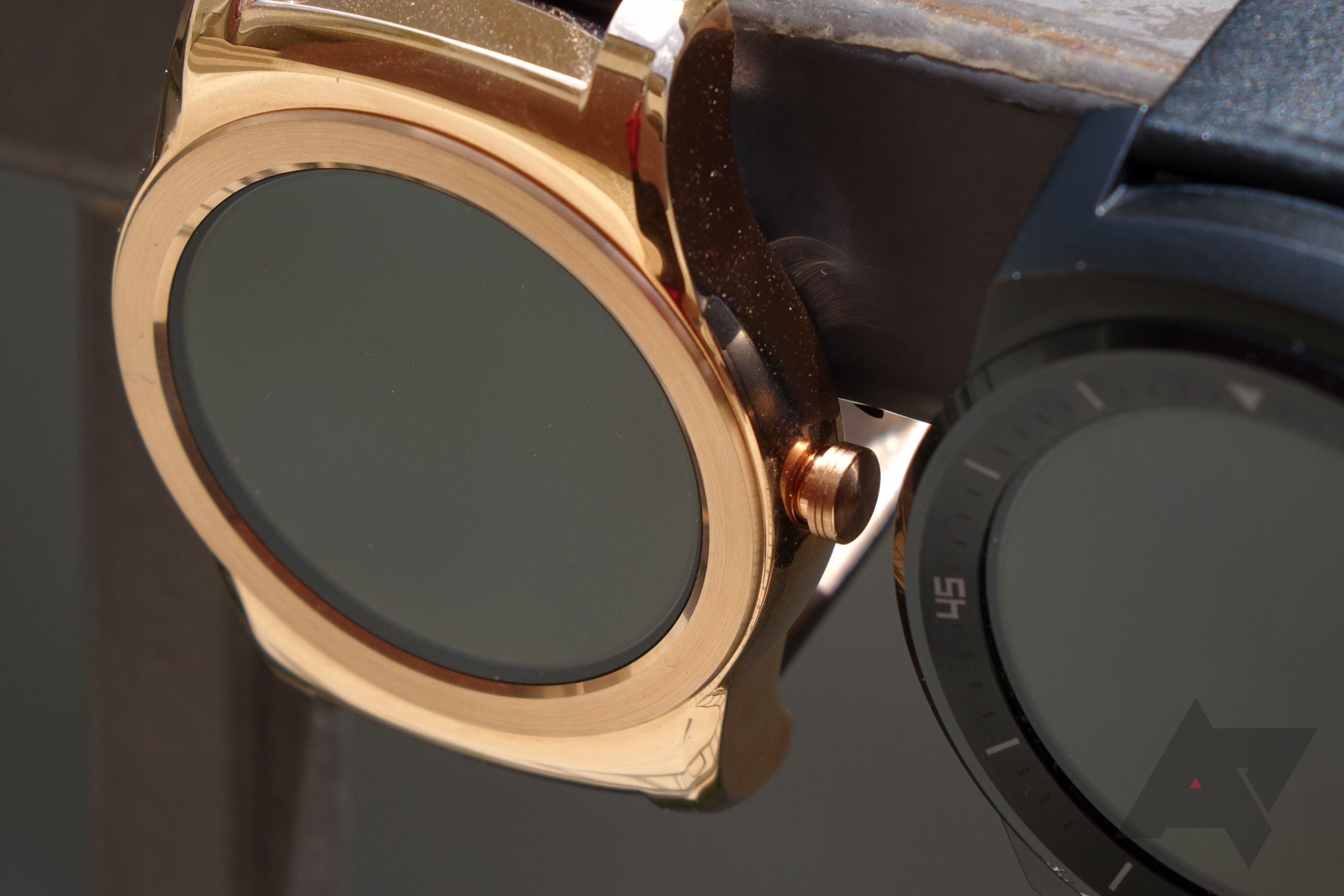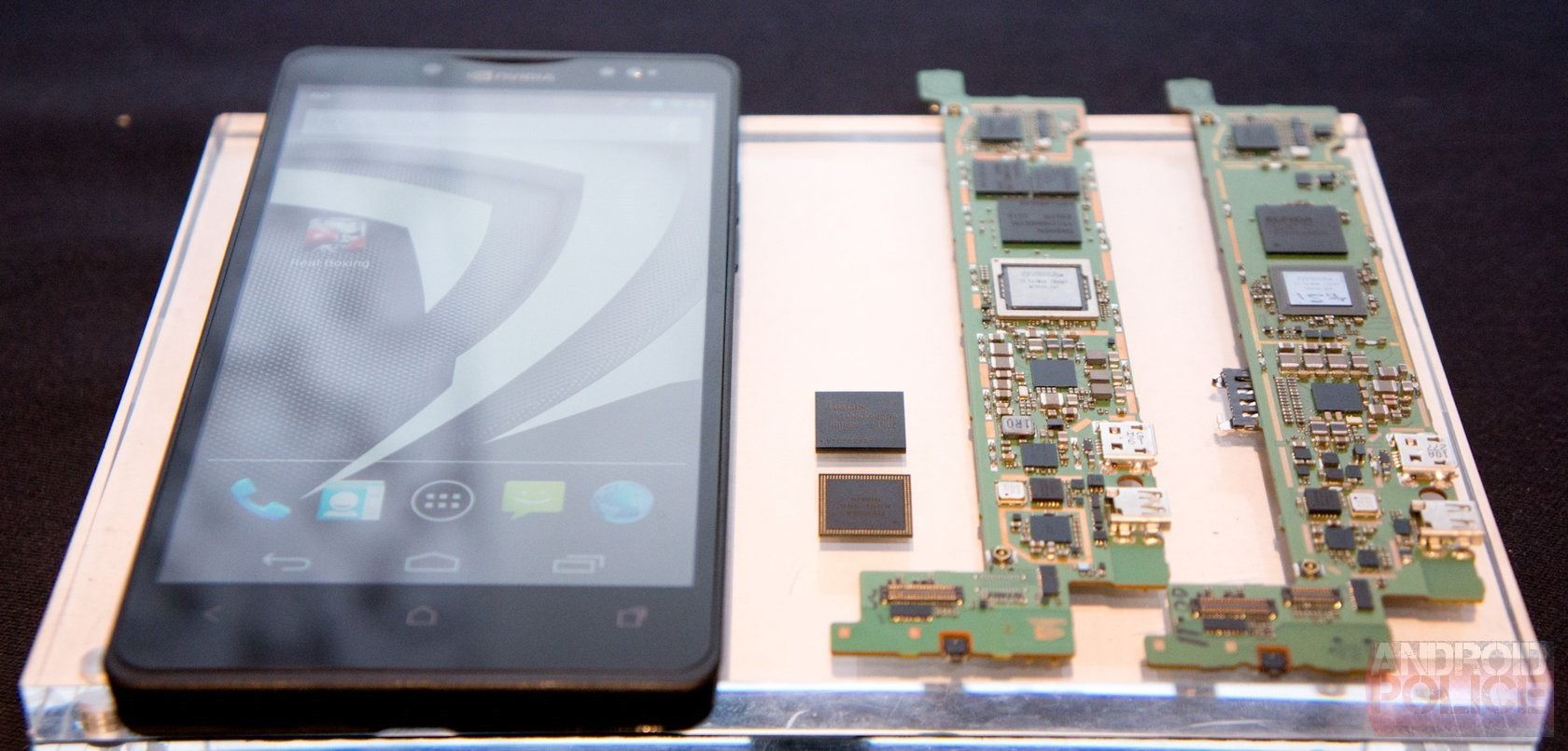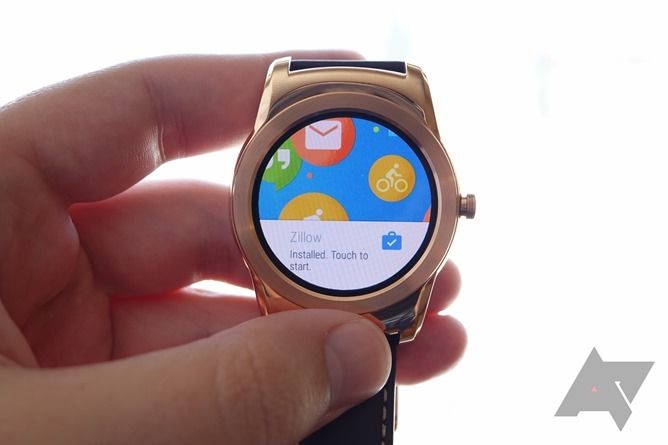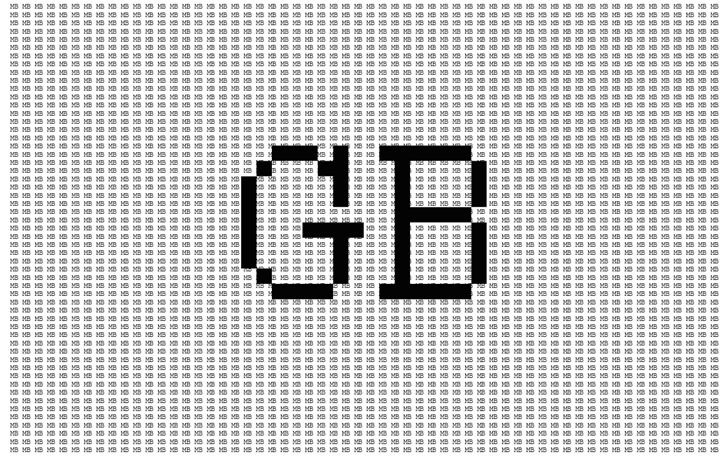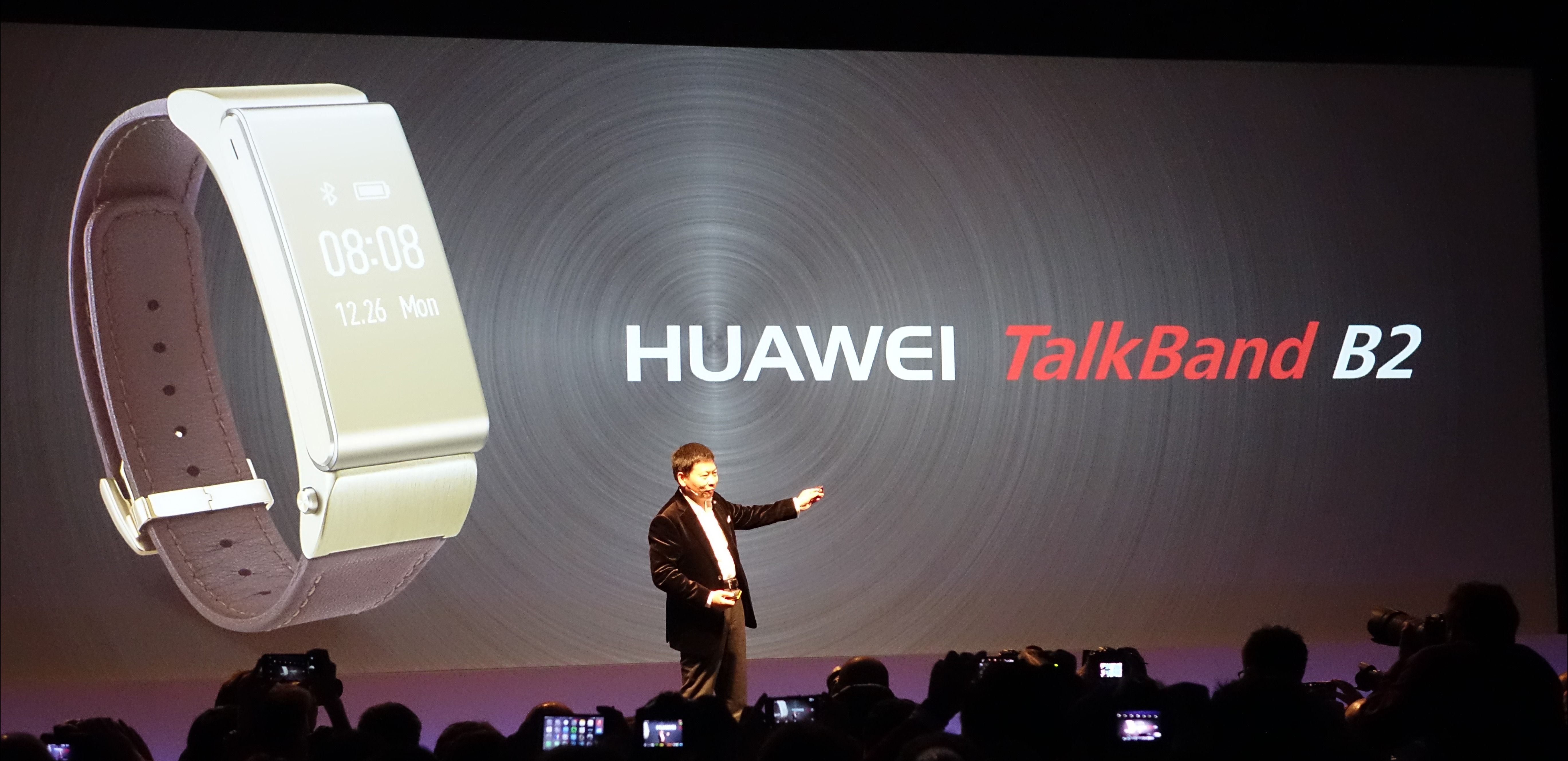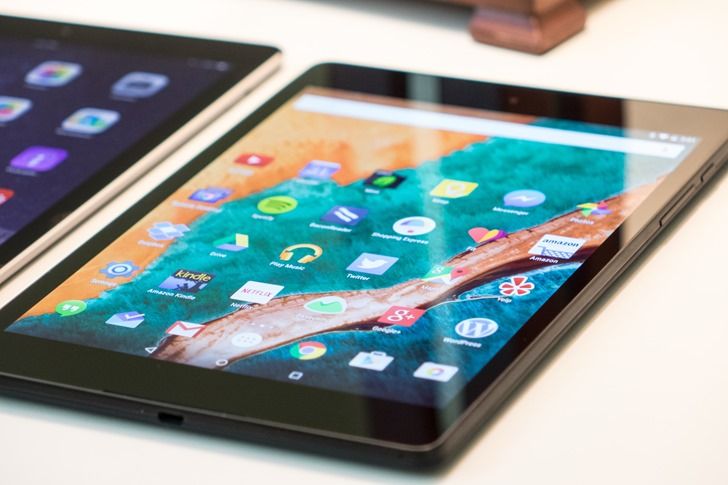
David Ruddock
Contributing since June, 2010
-
3358articles
Page 61
About David Ruddock
David is the former Editor-in-Chief of Android Police and now the EIC of Esper.io. He's been an Android user since the early days - his first smartphone was a Google Nexus One! David graduated from the University of California, Davis where he received his bachelor's degree, and also attended the Pepperdine University School of Law.
Latest Articles

Welcome back to another week of the Android Police Podcast. To catch us live on Hangouts On Air every Thursday at 5:30PM PST (subject to change as per the calendar widget below), just head over to androidpolice.com/podcast. For the unedited video show, click here. As always, we'll take your questions at 530-HELLO-AP and also at our email address: podcast at androidpolice dot com.
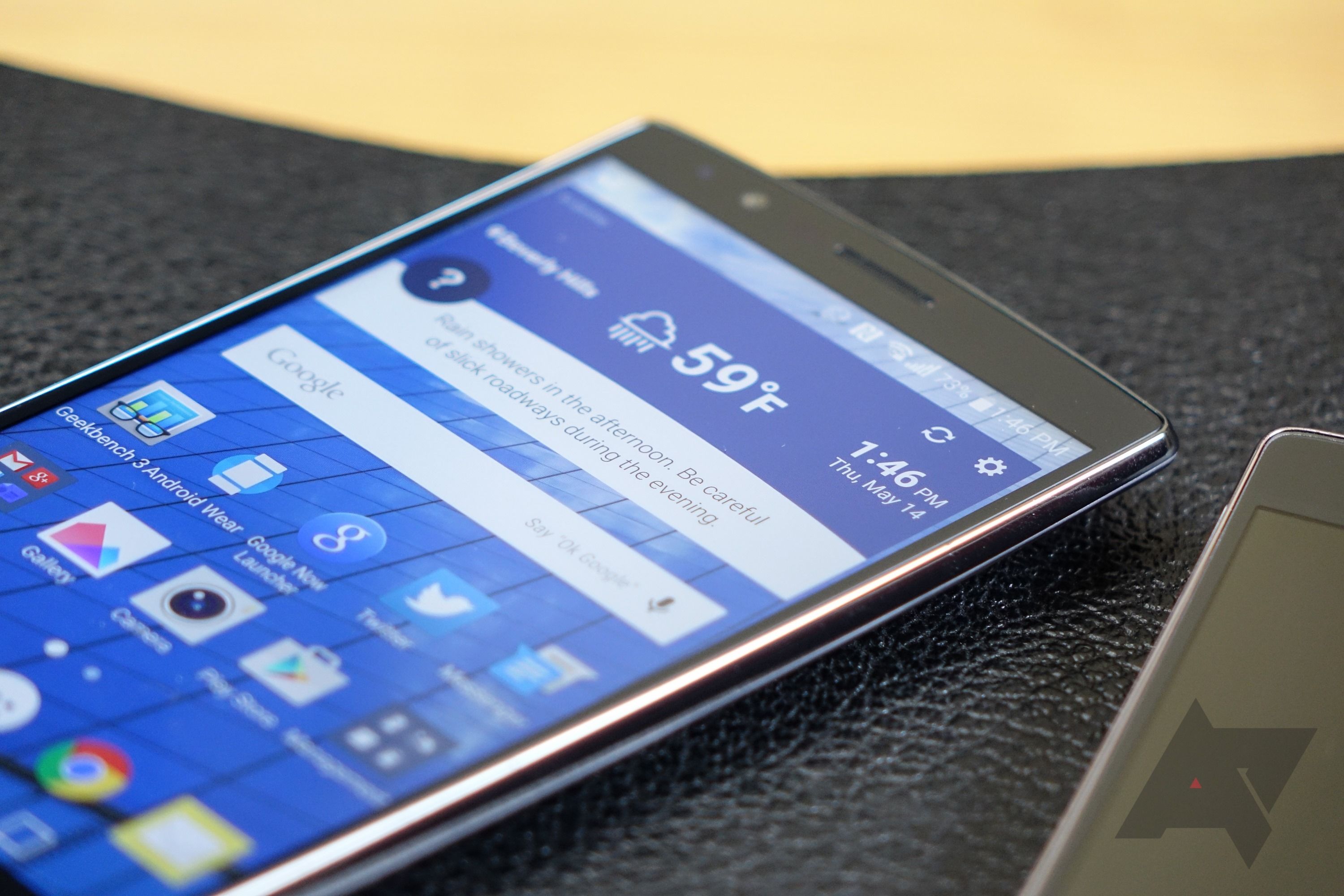
The G4 could be seen as a largely corrective measure - mostly existing to improve on its predecessor's pitfalls. The G3's display was criticized as dull and lacking much in the way of brightness. The G4's has much better contrast, improved viewing angles, output, and uses less power. The G3's camera, while good, was pretty heavy-handed in how it processed images, and gave users little control over how they were captured. The G4 adds tons of configurability to the camera, including a full "manual" mode, better OIS, and a new RGB light sensor for superior scene white balance. There's even DNG (RAW) capture.

Welcome back to another week of the Android Police Podcast. To catch us live on Hangouts On Air every Thursday at 5:30PM PST (subject to change as per the calendar widget below), just head over to androidpolice.com/podcast. For the unedited video show, click here. As always, we'll take your questions at 530-HELLO-AP and also at our email address: podcast at androidpolice dot com.

Welcome back to another week of the Android Police Podcast. To catch us live on Hangouts On Air every Thursday at 5:30PM PST (subject to change as per the calendar widget below), just head over to androidpolice.com/podcast. For the unedited video show, click here. As always, we'll take your questions at 530-HELLO-AP and also at our email address: podcast at androidpolice dot com.
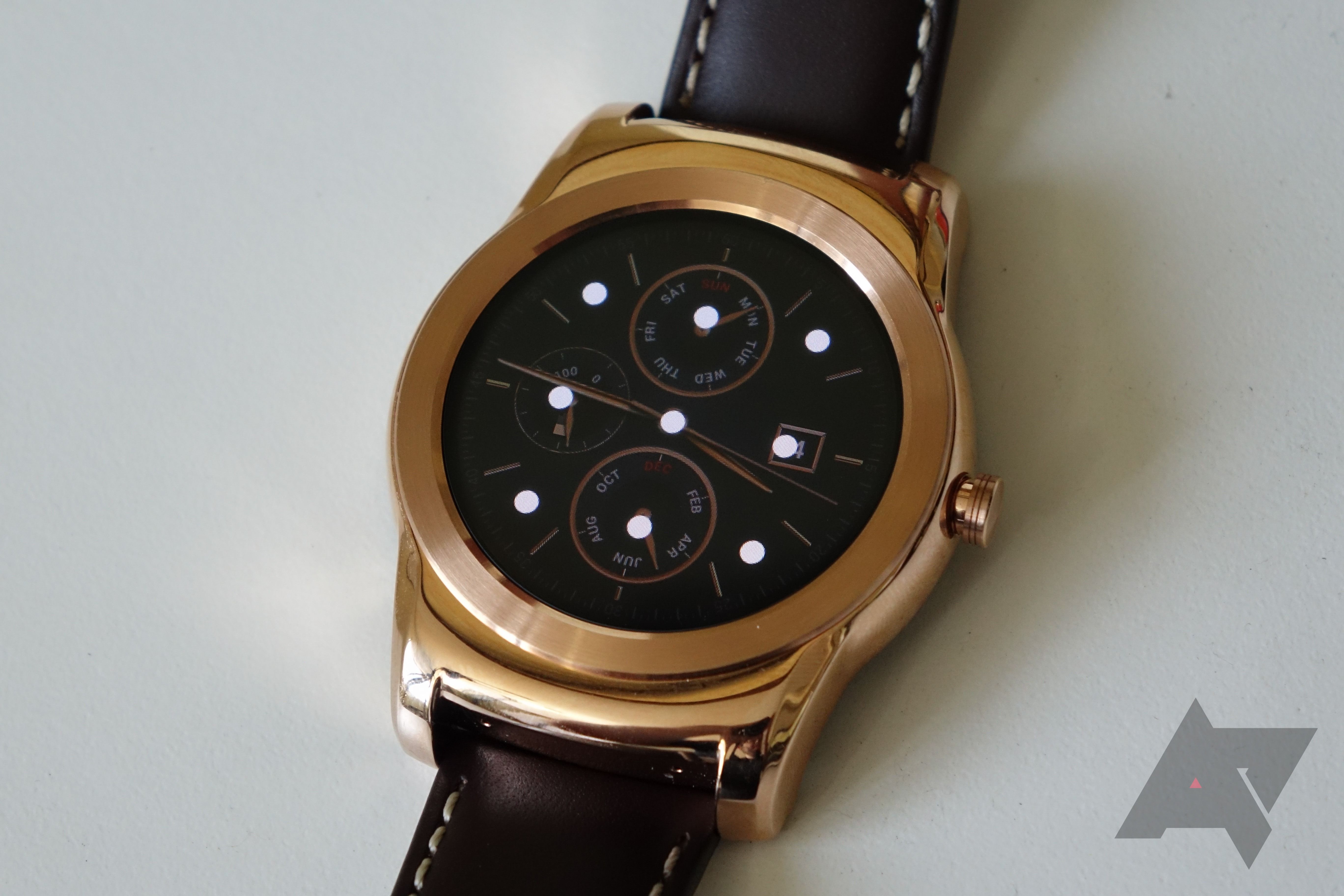
Android Wear 5.1 is surprisingly full of new features, and the lock screen may be one of the more exciting ones. Until now, there was no OS-level way to secure your Wear device from unauthorized use. With Wear 5.1, a pattern lockscreen has been introduced, and it should pop up any time Wear detects your device is no longer on your wrist. For a quick walkthrough of the feature, see the video below.
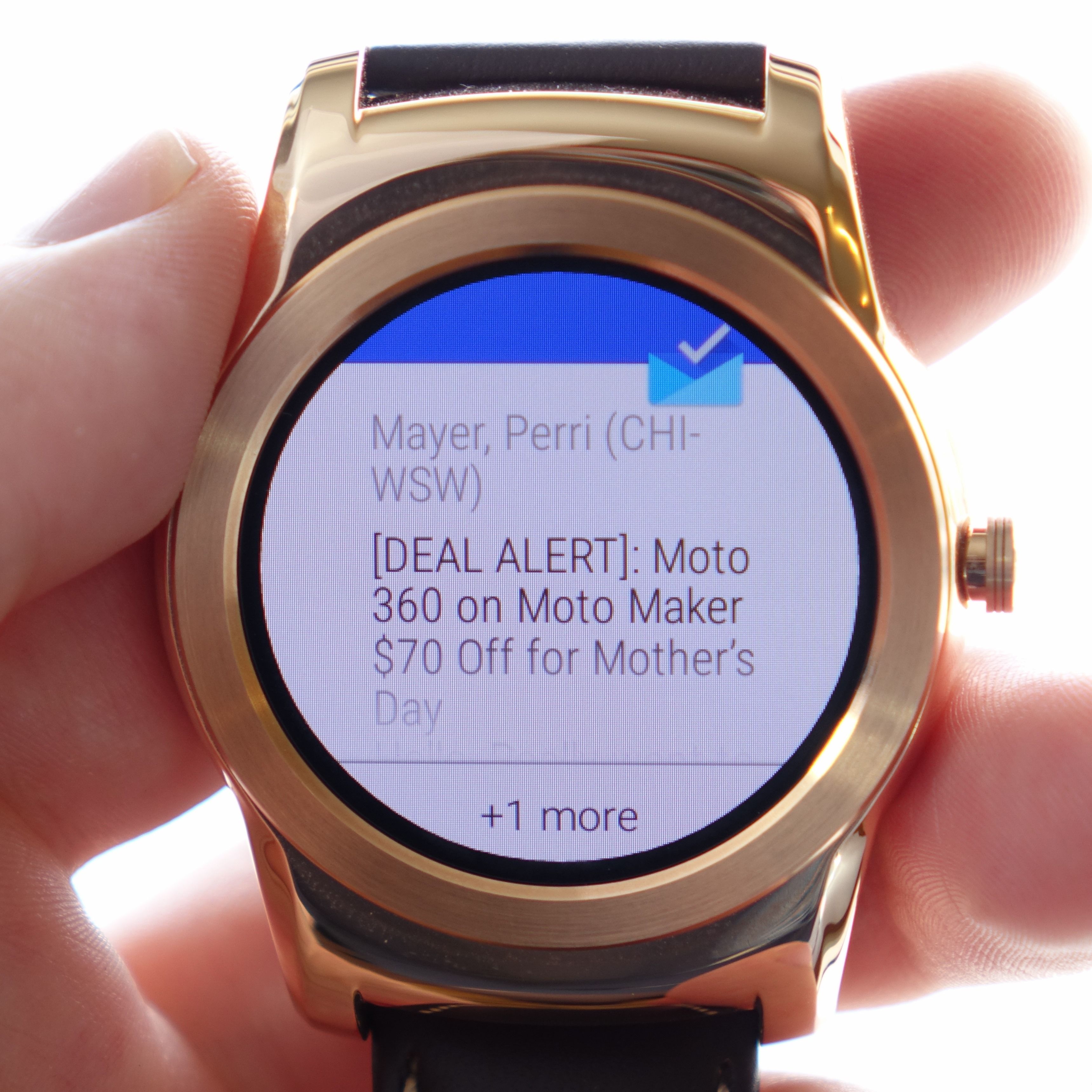
One thing that I've always found annoying about notification management on Android Wear is that dismissal is generally handled in bulk. If an app is serving you multiple notifications, like Inbox, for example, you can't go through each of those messages and dismiss them individually. Nope, you can either dismiss all of them or none of them (unless you use a specific action that subsequently dismisses the card, eg, "Done").
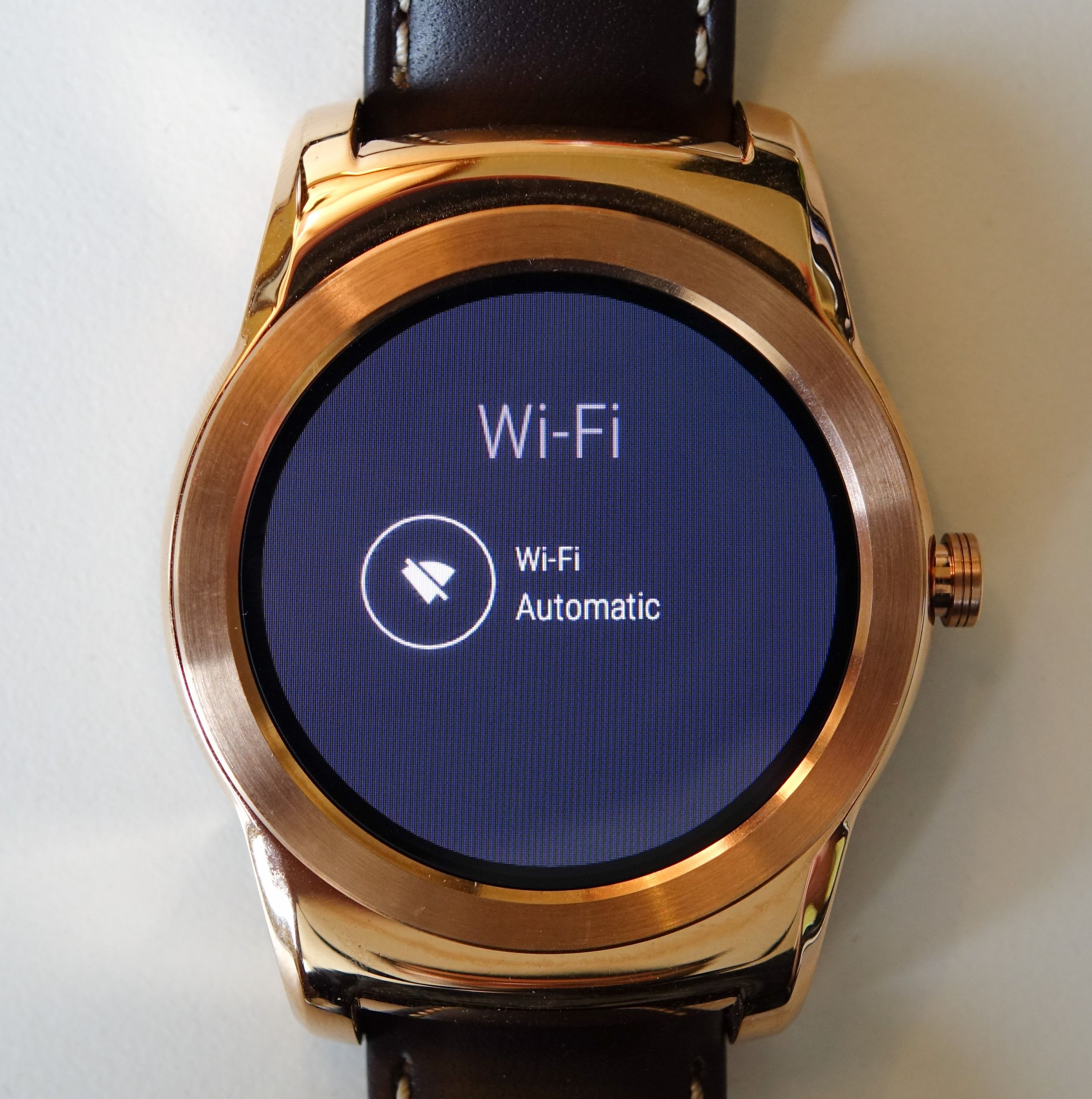
Wi-Fi connectivity has been one of the real headline features for Android Wear 5.1, and rightly so: this new functionality will allow your Android Wear device to stay connected to the internet even when your phone is nowhere to be found (so long as you have a saved Wi-Fi network nearby). Here's what we've learned about the feature in using it so far, including a video primer of how to get it set up.
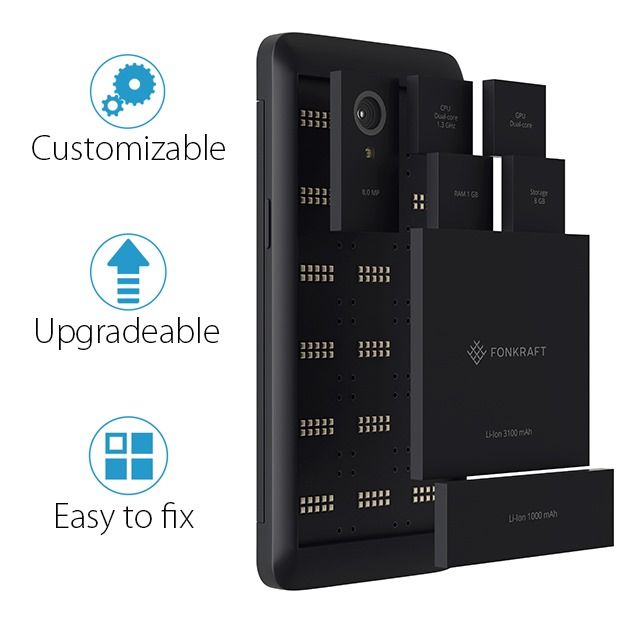
Crowdfunding is one of the "new" tech economy's sharpest double-edged blades. While it has served as a legitimate platform for fans to support products and content they genuinely believe in and want to see become a reality, it is also ripe for scamming and incompetence. Case in point: Fonkraft, a ,000 Indiegogo campaign that allegedly will culminate in the production of a Project Ara-style modular smartphone.
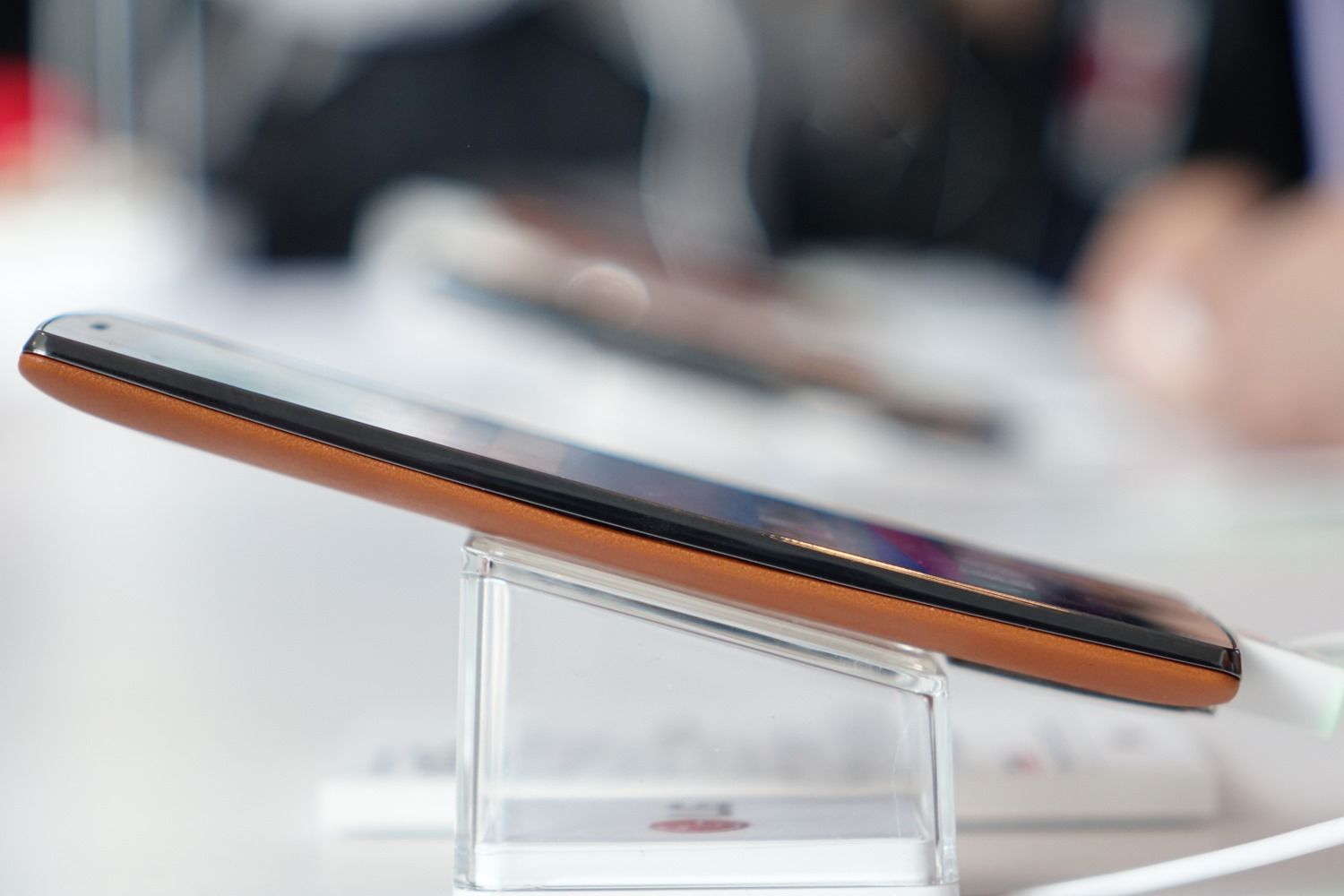
LG's flagship smartphones have quickly increased in quality over the years, and the G4 marks yet another clear evolution for the other large Korean electronics firm.

Not long ago, a $250 unlocked smartphone was probably asking for trouble - a sketchy processor, WVGA display, potato-resolution camera, and 3G were basically what you could expect. But as technology has marched forward, component costs for things like 1080p LCD panels, 13MP camera sensors, and LTE have become much cheaper.

FCC filings can be pretty opaque documents, especially when many of the fields can be made confidential until the certified product is released, but a Google filing at the FCC today (rare in and of itself) may be for the next version of Glass. It doesn't tell us much about the product (really, anything), but it does seem to be a filing for a Glass-like accessory based on a few tidbits in the attached documentation.

